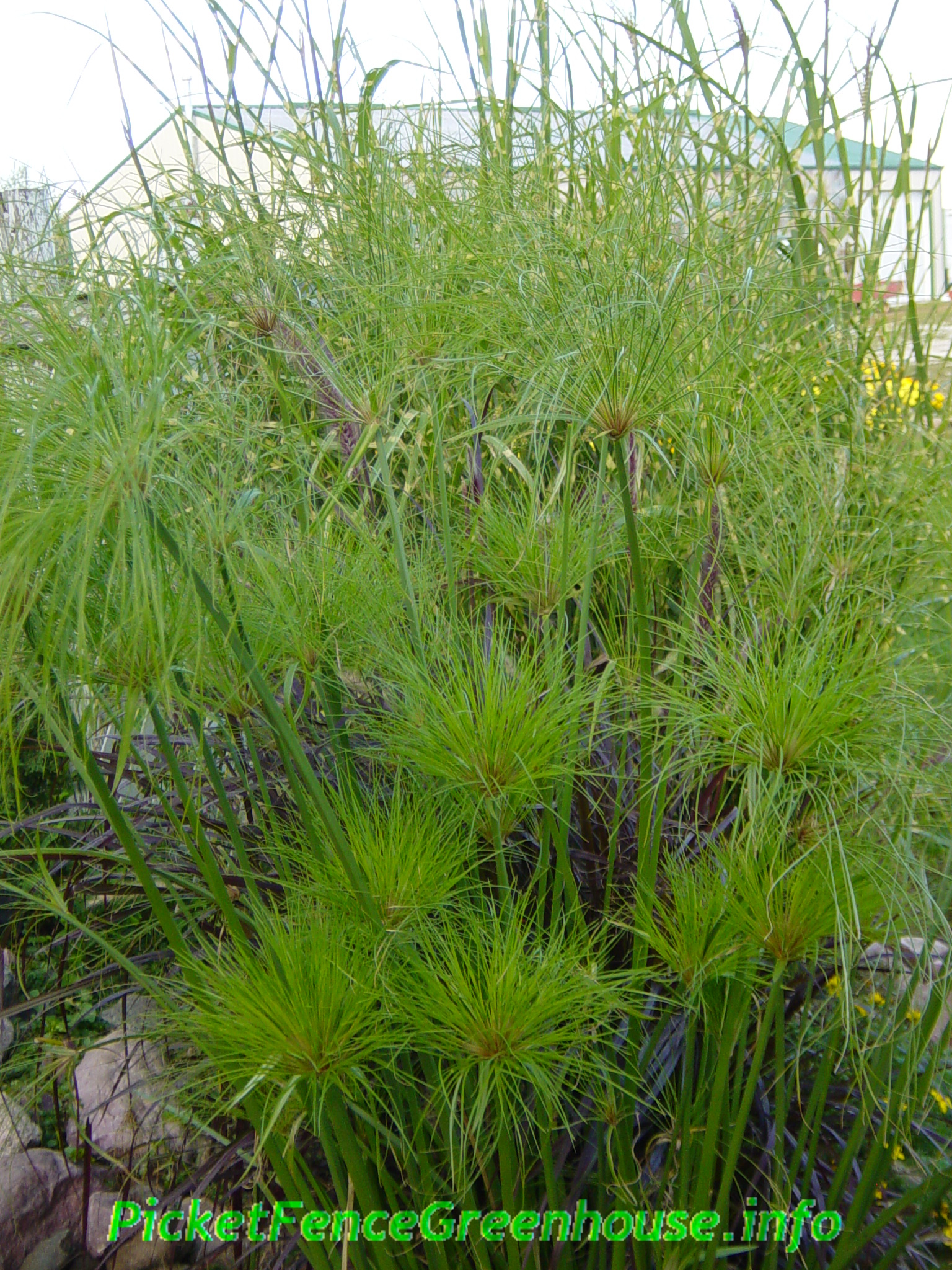

It can be propagated by division however, as a cultivated variety, be aware that it may be subject to certain restrictions or prohibitions on propagation. This is a selected variety of a species not originally from North America. It is somewhat tolerant of urban pollution. It is not particular as to soil type or pH. As an aquatic plant, it requires a suitable water garden environment and will benefit from special planting and ongoing care practices consult one of our in-store experts for further details and instructions.
#Does king tut papyrus come back full
This plant does best in full sun to partial shade. As such, gardeners should take into consideration that it will perform differently than it would in its native habitat. Although it's not a true annual, this fast-growing plant can be expected to behave as an annual in our climate if left outdoors over the winter, usually needing replacement the following year.

It tends to be leggy, with a typical clearance of 1 foot from the water, and should be underplanted with lower-growing perennials. King Tut Egyptian Papyrus will grow to be about 6 feet tall at maturity, with a spread of 4 feet. King Tut Egyptian Papyrus is ideally suited for growing in a pond, water garden or patio water container, and is recommended for the following landscape applications It has no significant negative characteristics. This is a relatively low maintenance plant, and is best cleaned up in early spring before it resumes active growth for the season. Its relatively fine texture sets it apart from other garden plants with less refined foliage. King Tut Egyptian Papyrus is an herbaceous annual with an upright spreading habit of growth. King Tut Egyptian Papyrus' attractive grassy leaves remain green in colour throughout the season on a plant with an upright spreading habit of growth. For evergreen grasses this wounding will really affect their ability to live through the winter.This variety is a large semi-aquatic, grass-like plant producing long green stems with green bracts perfect for pond side planting or in moist gardens doesn't mind being submerged a few inches Dividing plants wounds them to some degree. In areas where winter temperatures remain above 35 degrees it can be considered a perennial and the following information should be useful.Įvergreen or neutral grasses are usually plants that look like grasses but aren't actually classified as grasses, they are generally called grass-like plants.ĭivide evergreen or neutral grasses and grass-like plants in spring only. It should not be expected to live through the winter and begin growing again in the spring. Once the grass turns brown it can either be removed immediately or removed in the spring. Where temperatures get colder than 35 degrees F, the plants should be treated as annuals. Prince Tut is an evergreen or neutral grass. It is best to keep the soil moist, but once established Price Tut has can be surprisingly tolerant of dry conditions.

Prince Tut will also do well when planted in normal garden beds. If the plant is put into a pot, I would suggest plugging the hole or holes in the bottom of the pot to keep as much water as possible in the pot. The root ball can be submerged but it isn't necessary. The purpose is to keep the bulk of the soil or root mass wet. The crown of the plant should never be covered in water and in fact both of these varieties can thrive in water as shallow as a few inches. The plant can be planted in pots, along the waters edge of a pond, or even in a pond. It is a very fast grower and will quickly grow to impressive size when replanted in the spring. Maintenance Notes: Cyperus Papyrus is not hardy enough to survive winters with freezing temperatures and it is not a candidate to overwinter inside. With shorter stems than King Tut, Prince Tut is quite sturdy and less likely to have stems flop. Fun and interesting, without being so overwhelmingly huge. A nicely compact form of Egyptian Papyrus, about half the height of King Tut, but with the same large poms on the ends of the stems.


 0 kommentar(er)
0 kommentar(er)
